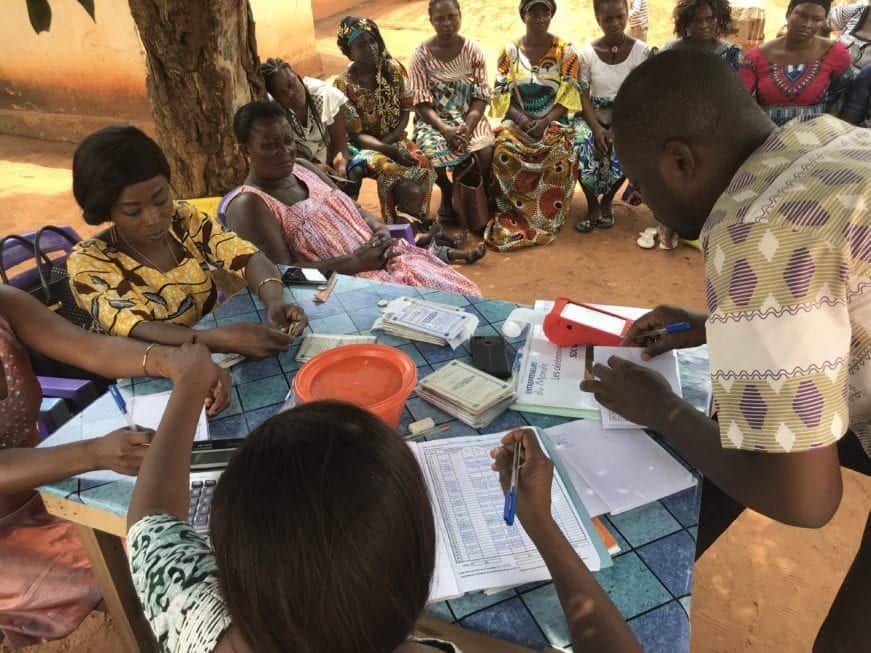Prior to the COVID-19 crisis, many of Whole Planet Foundation’s microfinance partners were already investing in better internal systems and technology to manage their client portfolios. These partners have been the best positioned to manage their operations remotely, track how clients are being affected by COVID-19 restrictions and roll-out services to minimize the impact of the crisis on entrepreneurs and farmers during the global pandemic.
Photo at the top of this post: WPF’s microfinance partner Assilassimé in Togo has worked to digitize the large amount of paperwork done in the field.
One of the impacts of WPF’s free capital for microfinance in the past has been that these funds can free up resources or generate new revenue streams within partner organizations to allow them to make incremental investments in better management systems suited to working in challenging environments.
Whole Planet Foundation’s microfinance partners who have leveraged their investments in strong technology platforms have been able to provide better services to their clients during the COVID-19 crisis. Some of their accomplishments include – maintaining some degree of loan disbursement and collection activity, allowing clients to easily withdraw their own savings when normal income streams were disrupted, providing remote farmer training in this crucial agriculture cycle, and circulating reliable health information.
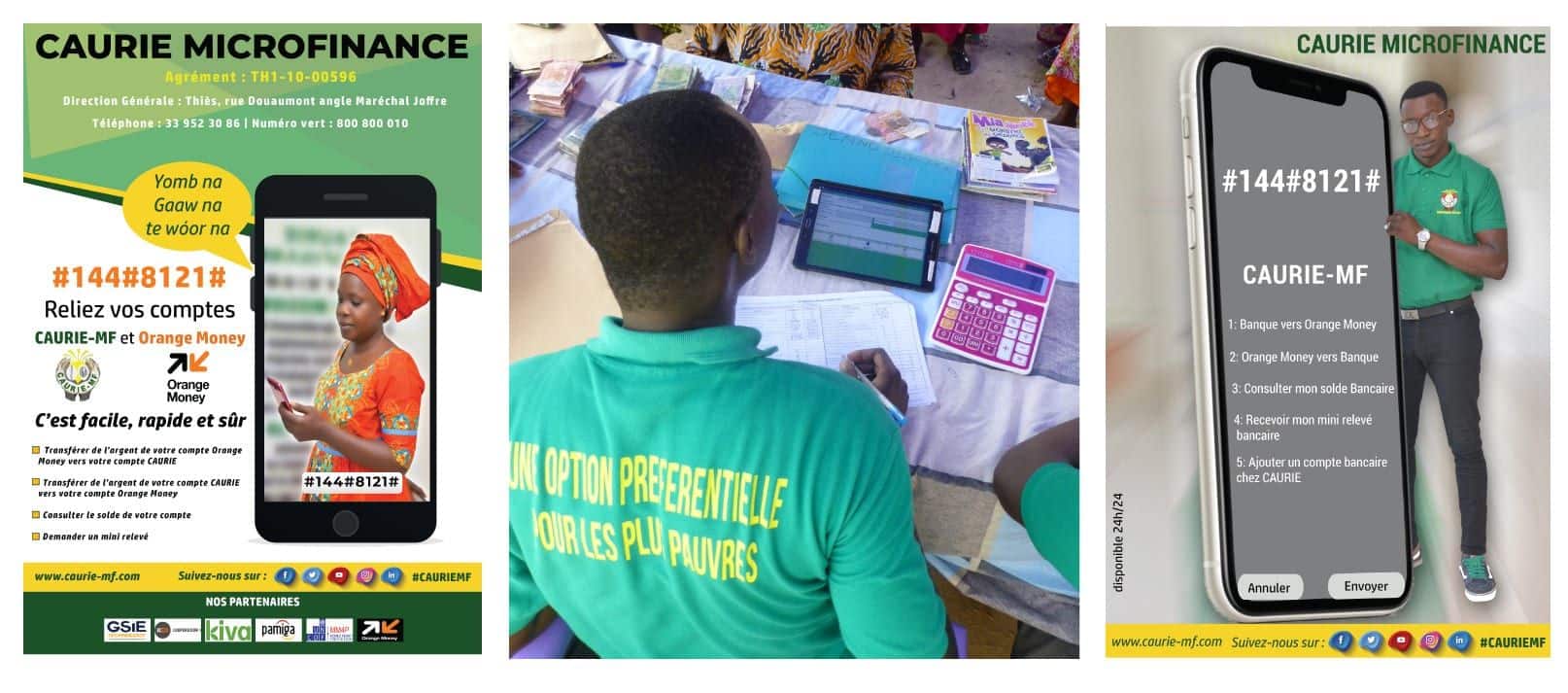
Our microfinance partner CAURIE in Senegal recounts that the COVID crisis has actually pushed the organization through the last regulatory barriers locally to implementing mobile phone banking with clients as the government struggled to serve the rural poor while implementing social distancing. CAURIE had already invested heavily in moving from bulky EXCEL management to a sophisticated program with tablet integration over the past decade that allowed this mobile phone banking to become a reality in 2020.
I served as a Regional Director in Europe, the Middle East and Africa with WPF for 10 years until July 2020 and when I began with WPF in 2010 many partners were managing clients’ data with only EXCEL spreadsheets which were typically difficult to update quickly and more susceptible to human error.
Loan repayment meetings would require large amounts of paperwork that had to be printed centrally, distributed to field operations and with information that needed to be entered manually afterwards into computers for thousands of clients. These processes limited the number of clients they could serve responsibly and increased the cost of operations.
Software programs tailored specifically to microfinance operations were only just starting to become accessible to local organizations, these Management Information Systems (MIS) slowly became the standard for microfinance and critical to growing outreach at scale with a high level of accountability.
The impact of these software programs on rural operations proved to be enormous as remote branches could easily manage client data and transactions directly in the new system rather than the old, centralized systems based on EXCEL.
Soon, many partners sought to link mobile tablets and phone-based apps directly to an organization’s MIS software so their field officers could enroll new clients outside the office and log transactions during loan group meetings wherever a mobile connection was available.
Whole Planet Foundation’s team was so excited about the possibility for these kinds of remote technological innovations that better served partner communities that the foundation actually funded several grants to help microfinance organizations integrate tablets and mobile applications into their MIS software.
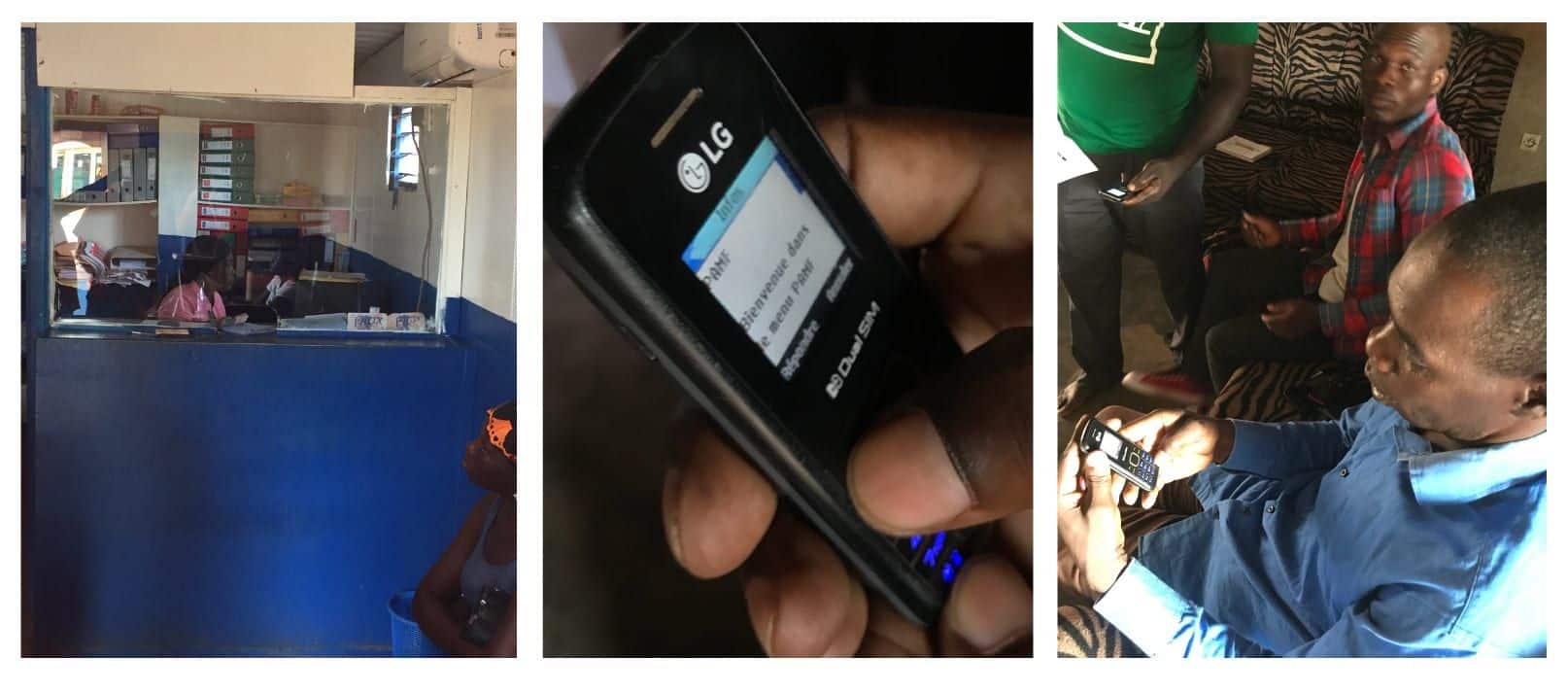
WPF partner PAMF in Cote D’Ivoire has spent years upgrading their management and technology in northern areas of the country allowing them to connect even small service points in rural areas serving farmers and small businesses. Last year we highlighted the launch of their own mobile banking services funded in part with a grant from a 2015 WPF Impact fund that connected directly to these improved systems. In 2020 they saw an increase of 137% in usage of this new system to repay loans and deposit savings despite restricted movement in place.
In the last few years WPF has moved more forcefully into innovative tech-forward partnerships focused in particular on serving small-scale farmers who are especially rural and isolated from existing microfinance services.
These partners’ innovative technologies allow microloans to more easily evolve beyond simply financing cash microloans (where farmers can struggle to spend cash on quality farm inputs locally) into a range of ‘all inclusive’ credit services including procurement and delivery of farm inputs plus training services.
Whole Planet Foundation has moved quickly to launch new partnerships with organizations and firms that integrate technological innovation directly into their business model in order to succeed in rural areas. This trend to leverage technology was growing before COVID-19 and now will likely become critical to future success.
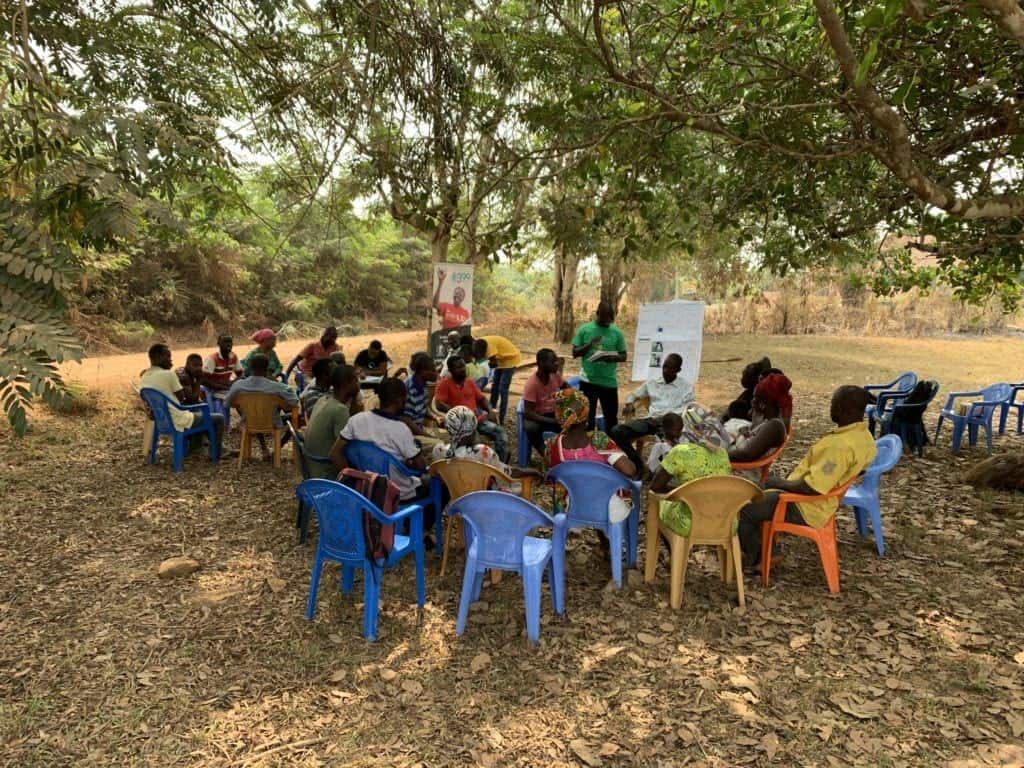
WPF’s newest partner in West Africa Farmerline has a mission based on its foundation as a technology company to better serve farmers which is today a nice hybrid of technology and highly personal credit services program in central Ghana.
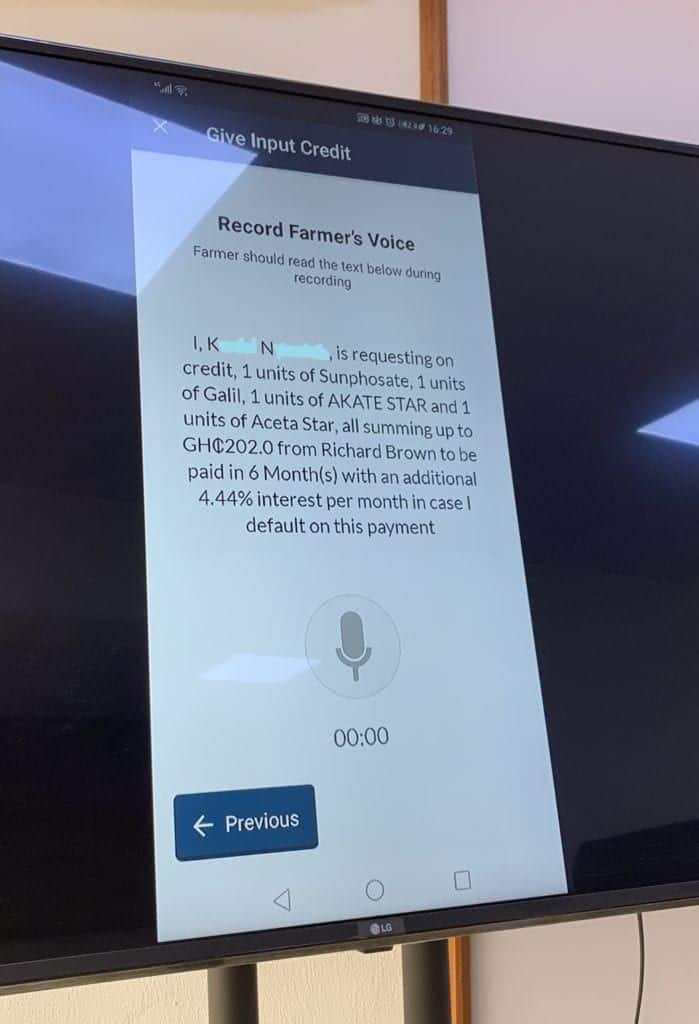
I was especially impressed for example when Farmerline staff told me they can do verbal recorded contracts for illiterate clients. Farmerline report that they were able to keep operating and deliver farm services to sorghum farmers despite the COVID-19 restrictions in place thanks to their ability to leverage their tech systems.
After in-person project visits by our team were halted due to global travel restrictions, the foundation has come to rely on the real-time output of these sophisticated management systems. However, not all of our microfinance partners are able to invest in these improvements at the same rate due to lack of access to IT infrastructure or simply the high cost of carrying out a lot of these programs in some countries. WPF will continue to seek out ways to help these partners digitize and invest in systems better able to access and serve rural communities with access to business capital.

